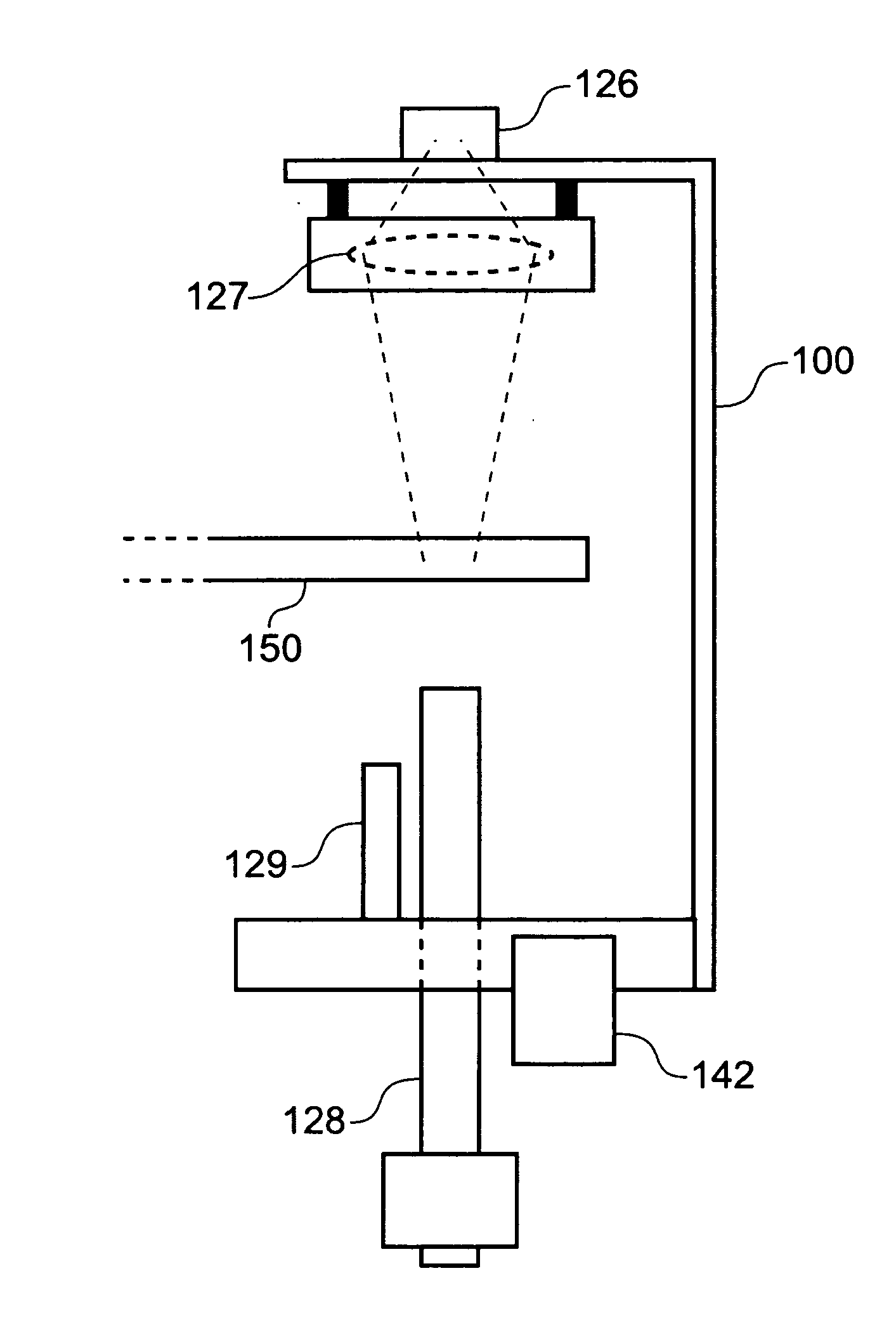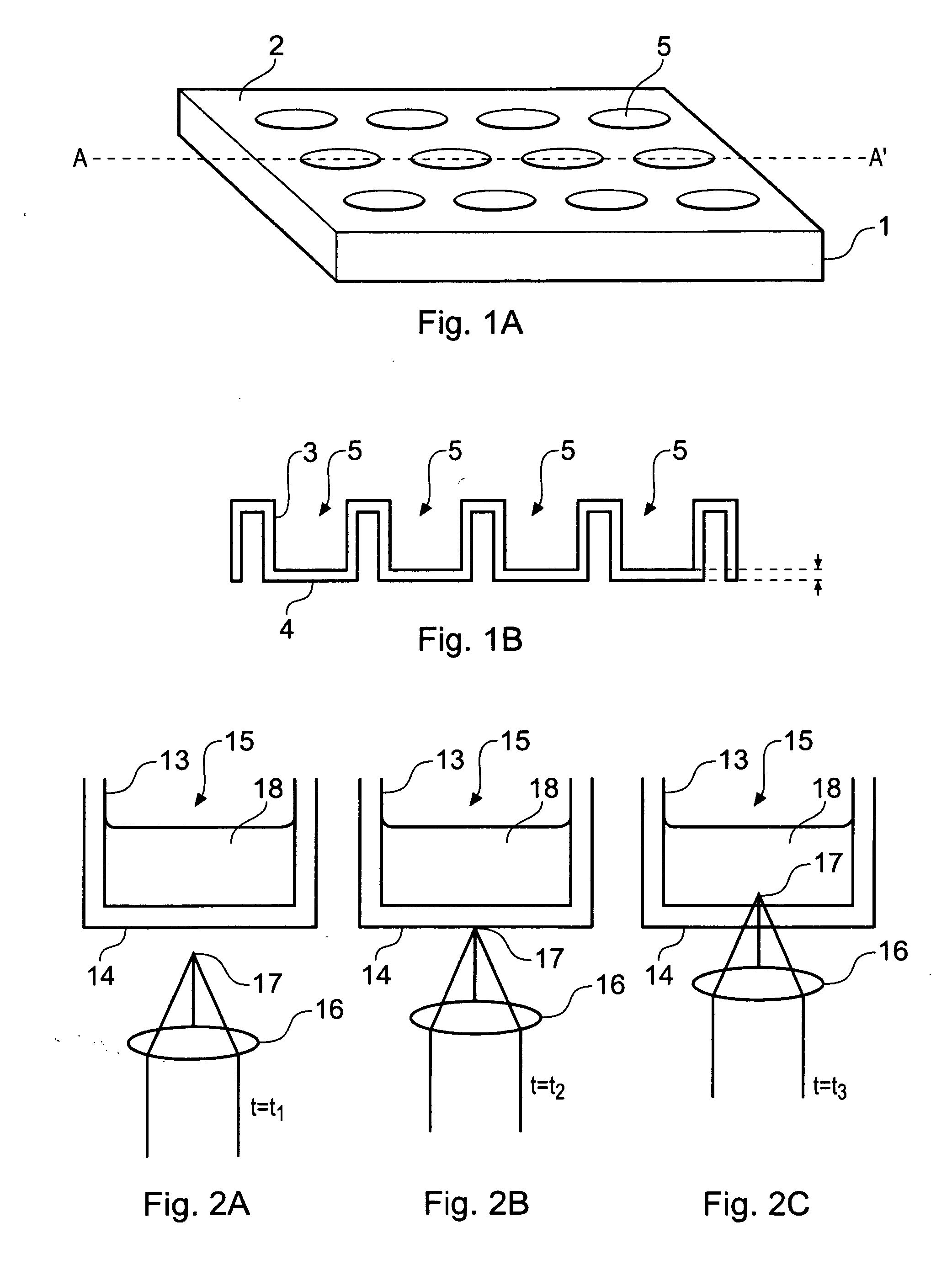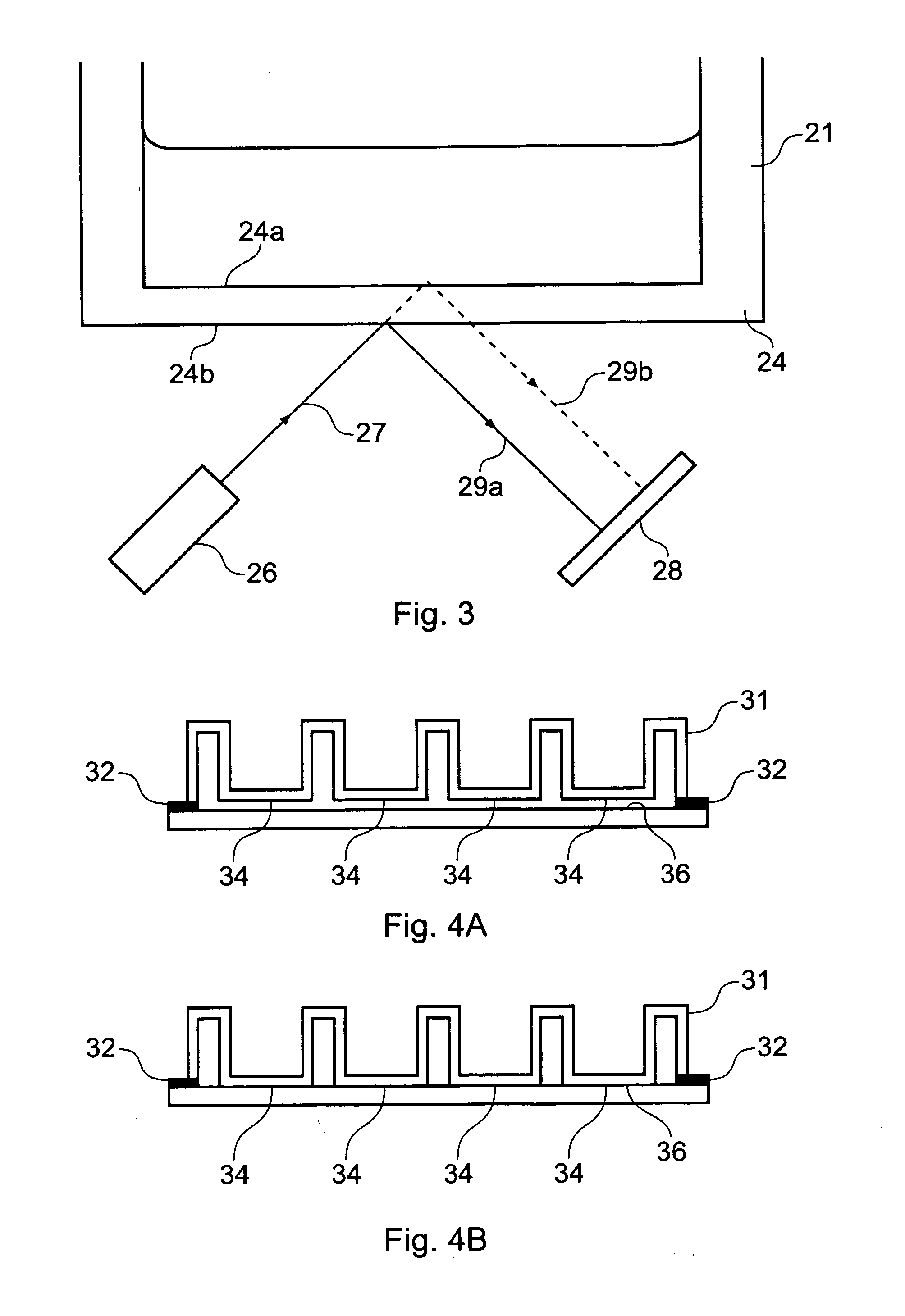Methods and apparatus for optical analysis of samples in biological sample containers
an automatic analysis and biological sample technology, applied in the field of biological sample container optical analysis, can solve the problems of insufficient optical feedback in the autofocus system to function efficiently, time-consuming to refocus the camera for each well, and inconvenient slowness for an automated system intended to handle many cell samples. , to achieve the effect of very rapid and accurate determination of focal plane and known very accurately
- Summary
- Abstract
- Description
- Claims
- Application Information
AI Technical Summary
Benefits of technology
Problems solved by technology
Method used
Image
Examples
Embodiment Construction
[0072]FIG. 5 is a perspective view of an apparatus for handling and processing biological samples that embodies aspects of the present invention. However, it is to be understood that the various aspects of the invention may be used with alternative apparatus, containing fewer or more features for handling and processing samples and / or for handling samples in alternative biological sample containers.
[0073]The apparatus 110 may be understood as a robot for cell picking having an integrated imaging camera. The apparatus can be subdivided notionally into two-half spaces, one above and one below a main bed 112 which is supported by a frame 114. The main bed 112 is mounted on linear positioners (not shown) so as to be movable relative to the frame 114 in the x and y directions, under the control of a controller (not shown). The controller may be a computer connected by electronic links using standard interface protocols to various automated components of the apparatus 110, with control of...
PUM
 Login to View More
Login to View More Abstract
Description
Claims
Application Information
 Login to View More
Login to View More - R&D
- Intellectual Property
- Life Sciences
- Materials
- Tech Scout
- Unparalleled Data Quality
- Higher Quality Content
- 60% Fewer Hallucinations
Browse by: Latest US Patents, China's latest patents, Technical Efficacy Thesaurus, Application Domain, Technology Topic, Popular Technical Reports.
© 2025 PatSnap. All rights reserved.Legal|Privacy policy|Modern Slavery Act Transparency Statement|Sitemap|About US| Contact US: help@patsnap.com



